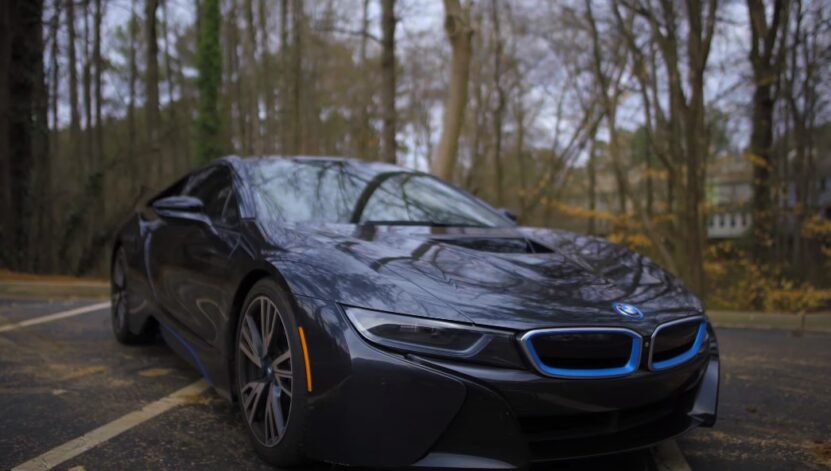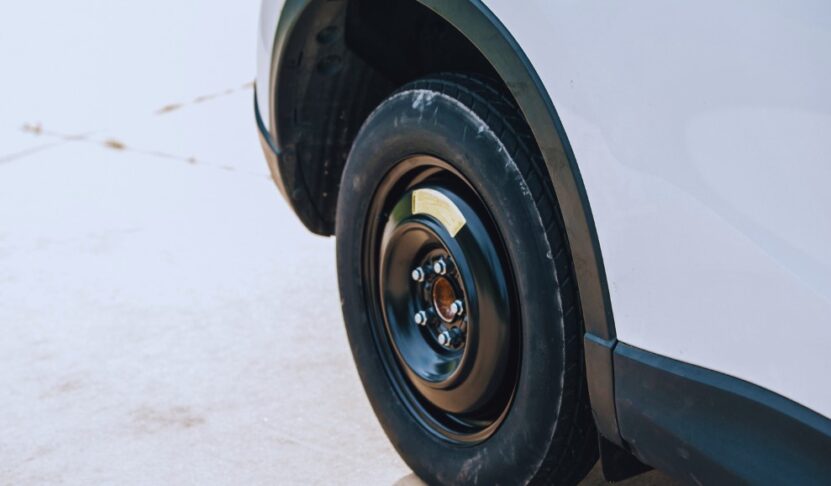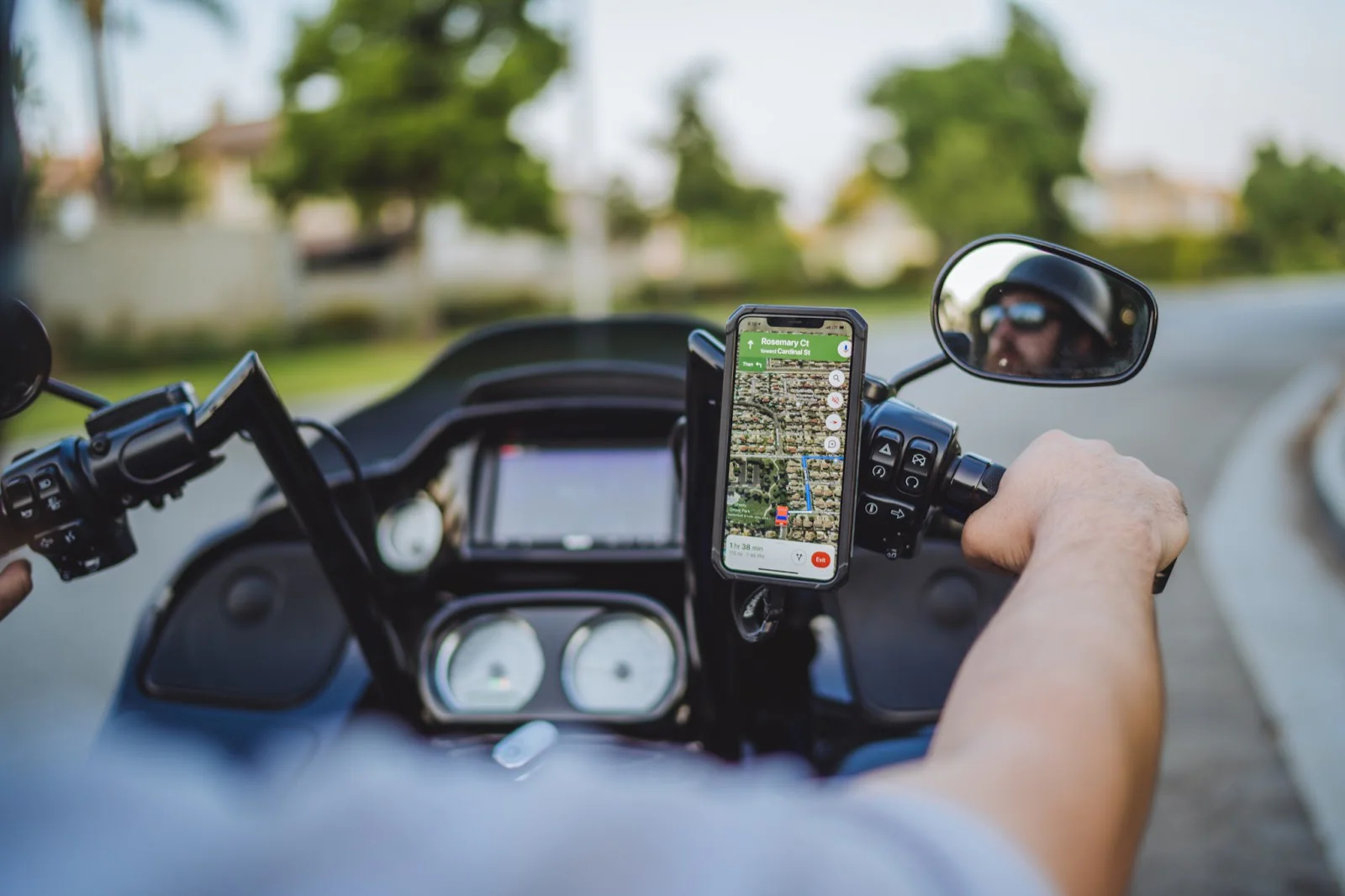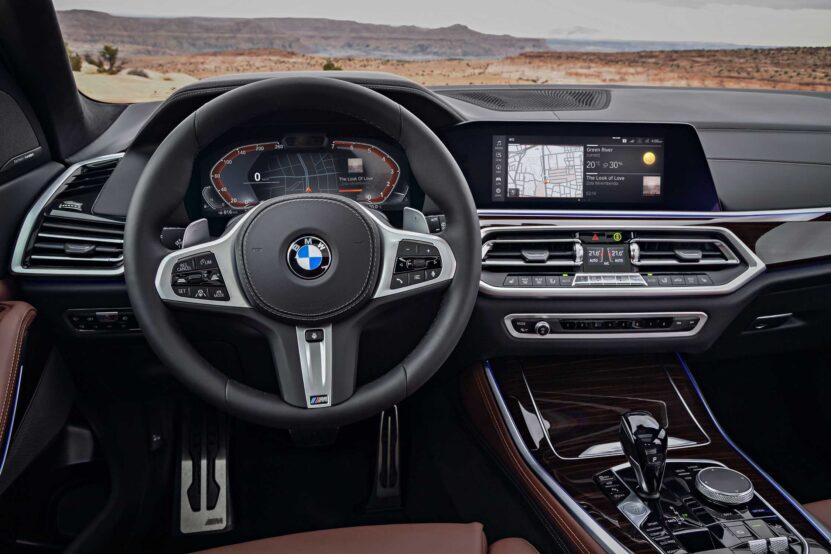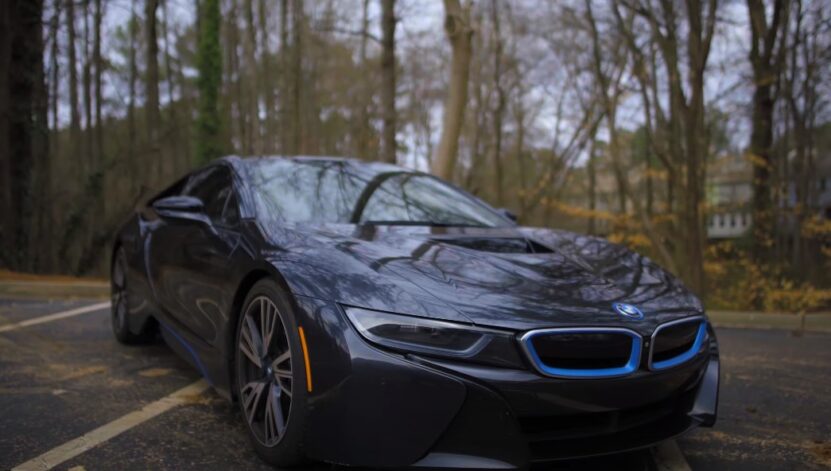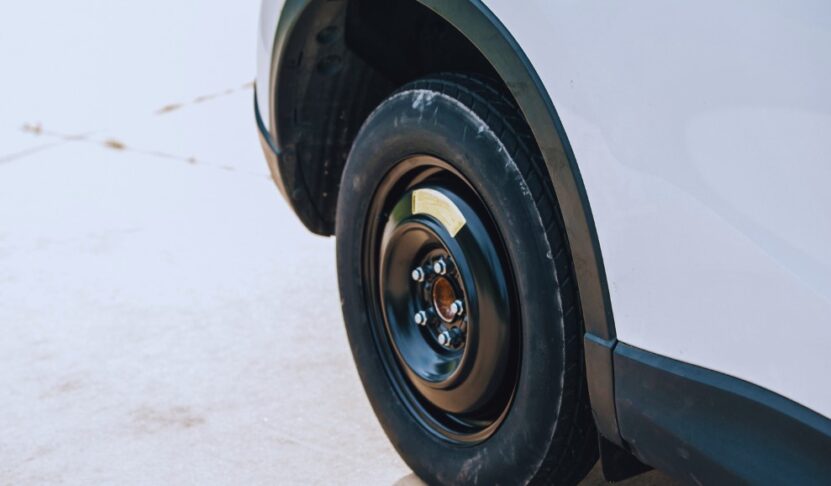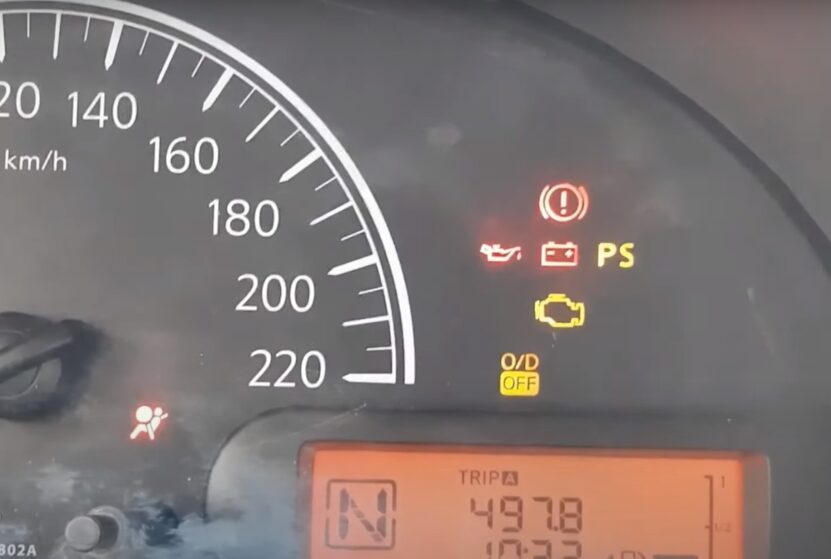
Share Post:
Imagine you’re cruising down the highway, your favorite tunes playing, the road stretching out in front of you. You glance at your car’s dashboard and notice a light you’ve never really paid much attention to before: O/D Off.
This little indicator, often overlooked until it demands our attention, holds the key to understanding how your car manages its power and efficiency.
I will explain more about what does it mean when it is off, and what actions to take after that.
What Exactly Does O/D Indicates?
To a regular driver, the term “O/D” might seem like just another cryptic abbreviation meant for mechanics or car enthusiasts. However, understanding the function of Overdrive (O/D) is akin to unlocking a new level of harmony between you and your vehicle, especially when it comes to automatic transmissions.
In the simplest terms, Overdrive (O/D) is a gear setting designed to make your car run more efficiently at high speeds. It’s the superhero of gears, swooping in to save fuel and reduce engine wear when you’re cruising on the highway. When your car shifts into overdrive, it lowers the engine’s RPM at higher speeds, which means your engine doesn’t have to work as hard.
How Does O/D Work?
Imagine your car’s engine and wheels as two friends on a bicycle built for two. When both are pedaling at the same speed, they’re in direct drive, which is what happens in lower gears. But as they pick up speed, the friend at the front (the engine) can take it easy, pedaling slower while the friend at the back (the wheels) keeps the bike moving fast. This is overdrive: the engine takes a breather while the car maintains speed, thanks to the magic of gear ratios.
Modern vehicles are known for a lot of advanced features. The most futuristic one surely is self-driving mode introduced by Tesla, while hand gestures available for infotainment systems in new BMW models ensure more convenience.
In technical terms, overdrive is a gear in which the output speed of the transmission is higher than the input speed. This means less effort is required from the engine to maintain high speeds. For example, in a 4-speed transmission, the fourth gear might be overdrive, with a gear ratio of less than 1:1. In more modern cars with 5, 6, or even 8-speed transmissions, the highest gears are considered overdrive gears.
How Is It Beneficial For A Vehicle?
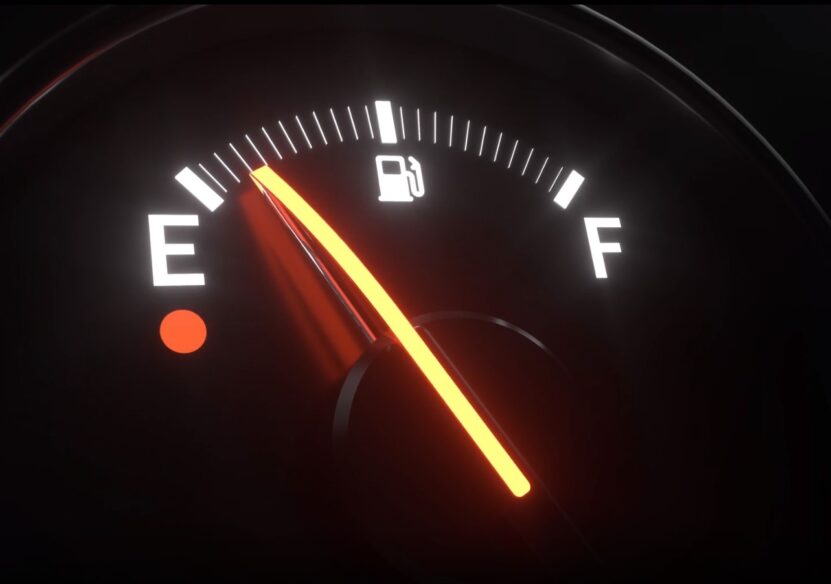
Overdrive (O/D) is good for your car in many ways. It helps you save gas, reduce engine damage, and enjoy driving more.
Fuel Economy at Its Finest
One of the most immediate and appreciated benefits of using overdrive is the improvement in fuel efficiency. When your vehicle shifts into overdrive, it reduces the engine’s RPMs at higher speeds. This reduction means that your engine consumes less fuel to maintain speed on highways or open roads. It’s akin to your car taking long, efficient strides instead of short, hurried steps. Over time, this efficiency adds up, offering significant savings on fuel costs, especially for those who frequently travel long distances.
Reducing Engine Wear and Tear
High RPMs are not just fuel guzzlers; they also accelerate engine wear and tear. By enabling overdrive and thus lowering the RPMs, the engine operates under less stress, which translates to reduced wear on its components. This can lead to a longer engine life and potentially lower maintenance costs over the lifespan of your vehicle. It’s like giving your car a bit of a breather on long journeys, ensuring it stays in top condition for longer.
A Quieter, More Pleasant Ride
Overdrive contributes to a quieter driving experience by reducing engine noise. At lower RPMs, the engine runs more quietly, making for a more pleasant and less fatiguing ride, especially on long trips. This reduction in noise can make conversations easier and listening to music or podcasts more enjoyable, enhancing the overall comfort for you and your passengers.
Improved Performance
While overdrive is primarily associated with fuel efficiency and engine health, it also plays a role in the vehicle’s drivability and performance. In overdrive, the car can maintain highway speeds with less effort, which means smoother acceleration and deceleration dynamics. This smoother operation can contribute to a sense of stability and control, particularly at higher speeds, making for a more relaxed and enjoyable driving experience.
Is It Better to Use Automatic or Manual Mode for O/D?
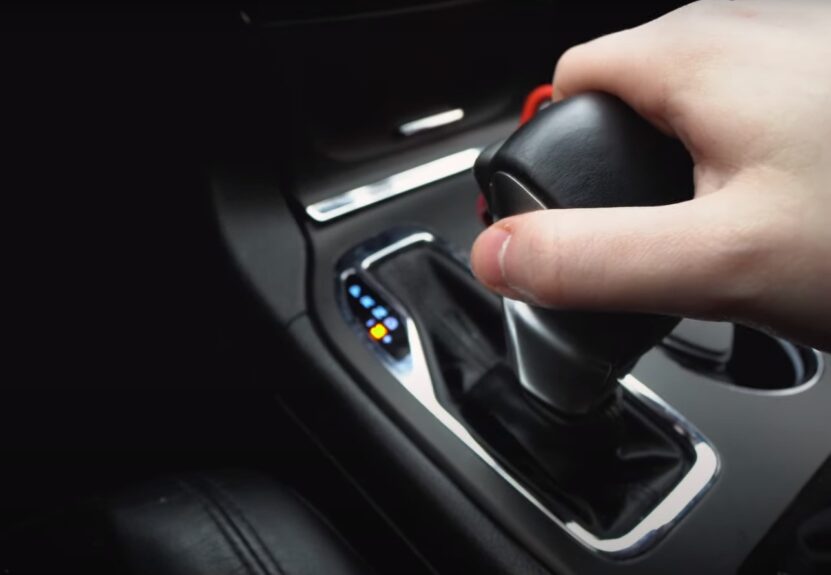
This choice reflects a bigger question: how much do you want to control your car, and how much do you trust the technology to do it for you? Both options have their pros and cons, and knowing when to use them can make your driving more enjoyable and efficient.
Automatic Mode
Modern vehicles equipped with automatic transmissions and Overdrive are designed to optimize performance and fuel efficiency without driver intervention. The vehicle’s onboard computer continuously monitors speed, engine load, and other parameters to determine the optimal timing for gear shifts, including engaging or disengaging Overdrive.
Advantages of Automatic Overdrive
- Optimized Fuel Efficiency: Automatic systems are calibrated to ensure the vehicle operates as efficiently as possible, engaging Overdrive at speeds where it will reduce fuel consumption and emissions.
- Ease of Use: For many drivers, the convenience of not having to manually switch Overdrive on or off allows for a more relaxed and less distracting driving experience, especially on long journeys.
- Adaptive Performance: Automatic transmissions can quickly adapt to changing driving conditions, such as sudden acceleration or climbing a steep incline, by automatically disengaging Overdrive to provide more power.
Manual Mode
The option to manually control Overdrive, typically through an “O/D off” button or switch, gives drivers the ability to override the automatic system based on their assessment of driving conditions or personal preference.
Advantages of Manual Overdrive Control
- Enhanced Control in Specific Conditions: In situations where more torque is needed, such as towing, climbing hills, or driving on variable terrain, manually disabling Overdrive can provide the vehicle with the necessary power and control.
- Engine Braking: Manually controlling Overdrive allows drivers to engage engine braking during downhill drives, reducing reliance on the brake system and preventing brake overheating.
- Personalized Driving Experience: Some drivers prefer the tactile engagement of manually controlling their vehicle’s performance, including Overdrive, to match their driving style or the demands of their environment.
How to Make the Right Choice?
The decision between using automatic or manual mode for Overdrive largely depends on the driving context and personal preference.
- For Highway Driving: Automatic mode is generally preferred for its ability to optimize fuel efficiency and reduce engine wear during steady, high-speed driving.
- In Challenging Conditions: Manual mode becomes advantageous when navigating steep inclines, towing, or when additional control is desired. Disabling Overdrive manually ensures that the vehicle remains in a lower gear, providing increased power and torque.
- Driver Preference: Some drivers enjoy the engagement and control offered by manual mode, while others prefer the ease and efficiency of automatic systems.
FAQs
Does overdrive use more gas?
No, overdrive does not use more gas. It actually helps you save gas by making your engine work less at high speeds.
Is it OK to drive with OD off?
It depends on the driving situation. You may want to turn OD off when you need more power or control over your car, such as on hills, with heavy loads, or in bad weather or traffic.
Can you shift from overdrive to drive while driving?
Yes, you can shift from overdrive to drive while driving, as long as you do it smoothly and gradually. However, you should avoid shifting too often or too quickly, as this can harm your car or make it unstable.
Do all automatic vehicles have OD?
No, not all automatic vehicles have OD. Some older vehicles with fewer gears may not have an overdrive gear. However, most modern vehicles with more gears have at least one overdrive gear. You can check your manual or dashboard to see if your car has OD.
Last Words
The discussion on whether to use automatic or manual mode for Overdrive control highlights the importance of situational awareness and personal preference. Automatic mode offers convenience and efficiency, effortlessly adapting to driving conditions to optimize performance.
In contrast, manual mode provides drivers with the flexibility to directly respond to specific driving scenarios, such as towing or navigating steep terrains, where control over the vehicle’s power and torque is crucial.


